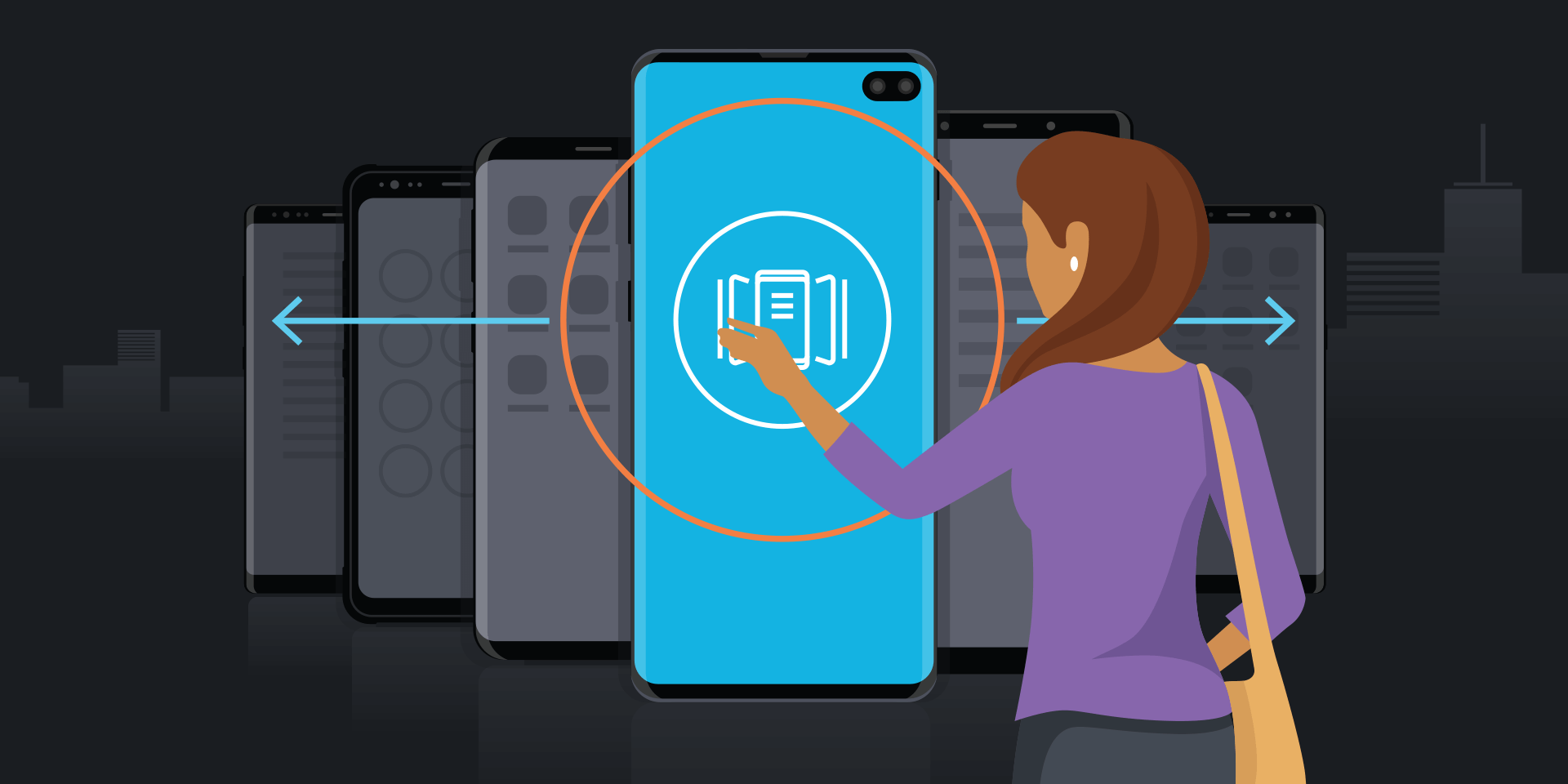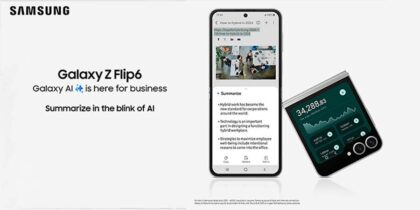Almost every wave of innovation in the history of computing technology has faced the same chicken-and-egg problem: Which comes first, the breakthrough applications and devices, or the network capabilities to make the most of them?
With the advent of 5G networks, that question can finally be laid to rest.
5G represents an inflection point for entire industries, and mobile developers in particular, according to Mark Howden, director of solution innovations at Samsung Electronics America. That’s why Howden will be leading the session, “Unleashing Business With 5G Solutions,” at the Samsung Developer Conference (SDC) in San Jose.
Howden said that while much of the attention has been focused on 5G speeds — downloads could eventually run at 10Gbps to 20Gbps or faster, according to some estimates — the long-term opportunity is in how it could drive business transformation.
“People think of 5G as simply faster 4G — that it’s just incrementally faster,” he said. “This is, in fact, a truly massive leap in technology. There’s a lot of pop that comes with this.”
The Difference 5G Low Latency Can Make
Today, for instance, there is a number of technologies available to businesses whose performance is limited by network speeds, latency and volume capability. This includes artificial intelligence (AI) and machine learning (ML), as well as the internet of things (IoT), autonomous vehicles and industrial robotics.
“With 5G, we’re now at a point of being able to have a workplace, like a warehouse or hospital, where there are thousands of devices all connecting to the network and uploading gigs of data into AI,” Howden said.
What's the Best Phone for Your Business?
Discover the smartphone most tailored to your business needs. Download Now
Think of an assembly line in a factory, for example, where a company potentially faces a shortage of critical supplies. The data delivered over 5G connections will allow real-time notifications for an autonomous vehicle to go pick up what’s needed. 5G-enabled sensors scattered throughout the factory can facilitate all of this, Howden said.
“Until now, it wasn’t something that you could handle in terms of volume in a single network,” he explained. The fact that 5G offers 10 times lower latency can be similarly powerful in a healthcare setting, he added, where patients are monitored for low blood pressure or cardiac issues. “You have increased computing power for all of that data coming in, and can now take it and turn it into actionable information that can then be sent out to people or directly back into other devices to automatically respond to an issue, or potential issues in the environment.”
Edge computing enabled by 5G, meanwhile, allows data to be filtered to look for specific kinds of issues, Howden said, notifying employees via smartphone, tablet or even a wearable device like a smartwatch.
Samsung became the first company to provide 5G smartphones with the Galaxy S10 5G and Note10+ 5G, as well as being at the forefront of 5G network equipment, antennae and fixed wireless access points. The latter can be essential in bringing connections inside the walls of an organization that otherwise wouldn’t be able to manage the millimeter wave spectrum associated with 5G, Howden said.
5G Jobs: What Stays, What Goes
5G may also unleash a change in the kinds of roles that make up the modern workforce, Howden said. “Smart sensors and greater connectivity mean fewer people are needed in the field to do manual checks and data collection,” he added, noting that it would also mean more demand for talent in areas like software development and data analytics.
Some of the work will be driven by projects already underway, such as smart city initiatives underway in multiple countries around the world, smart factories and even smart farms. To Howden, all this means sitting on the sidelines as 5G takes center stage would be a big mistake.
“There is a huge opportunity for developers and solution partners to identify the trend now, even though there’s not nationwide coverage and tech available to everyone today to build for that,” he said. “History has proven if you’re one of the first to market with it, those who recognize data speeds are going up and data storage is getting cheaper tend to lead their industry.”
Find out how your organization will function in tomorrow‘s mobile workspace. Discover how you can maximize your mobile value in this free white paper.








